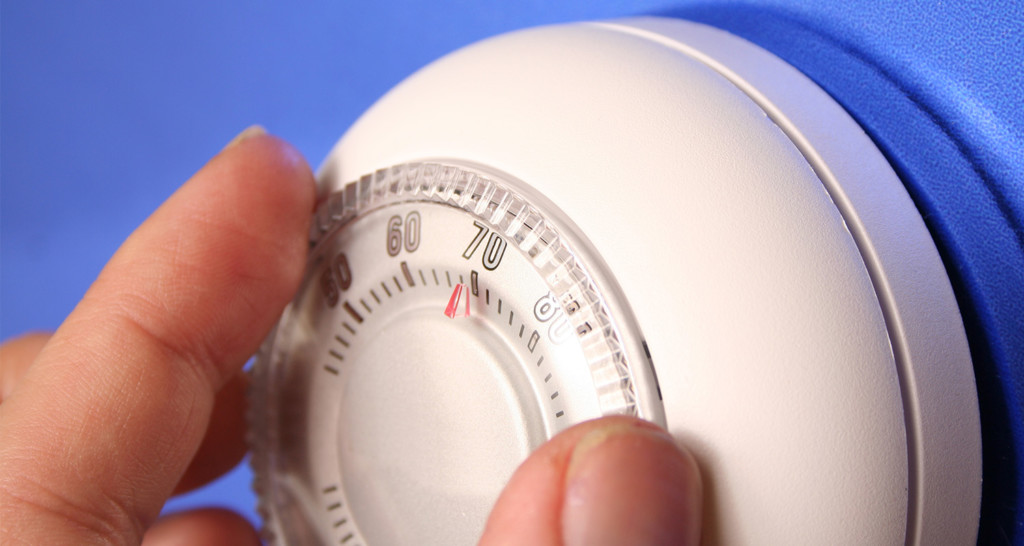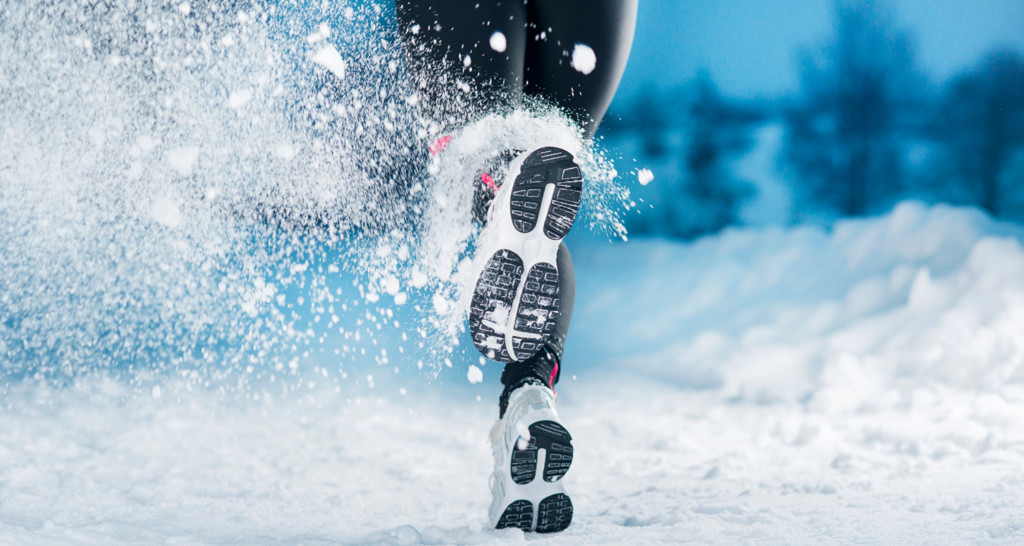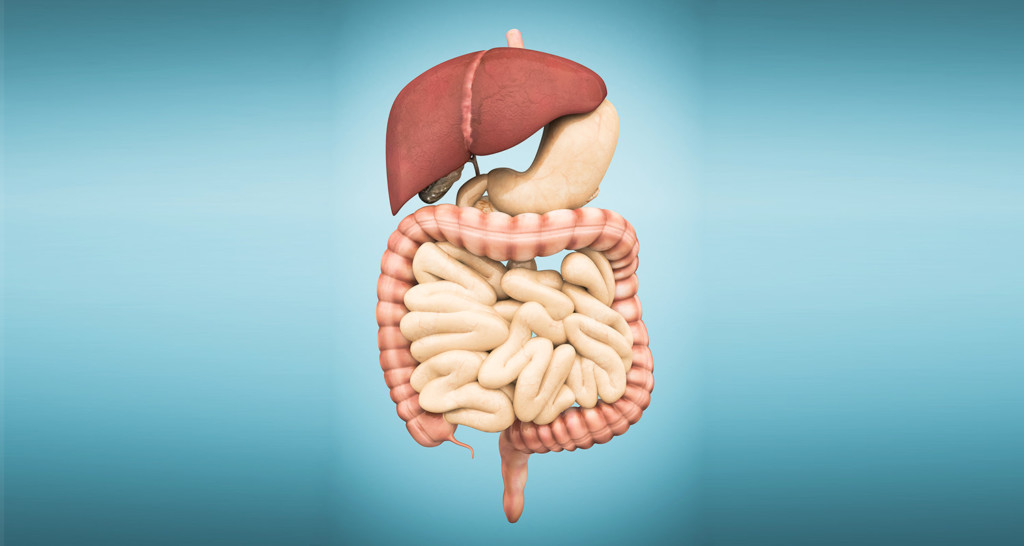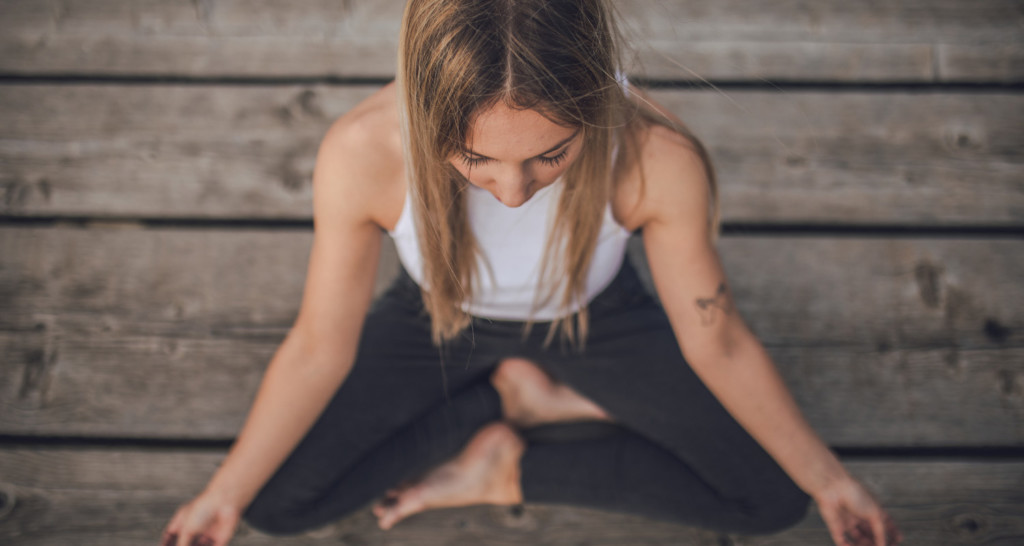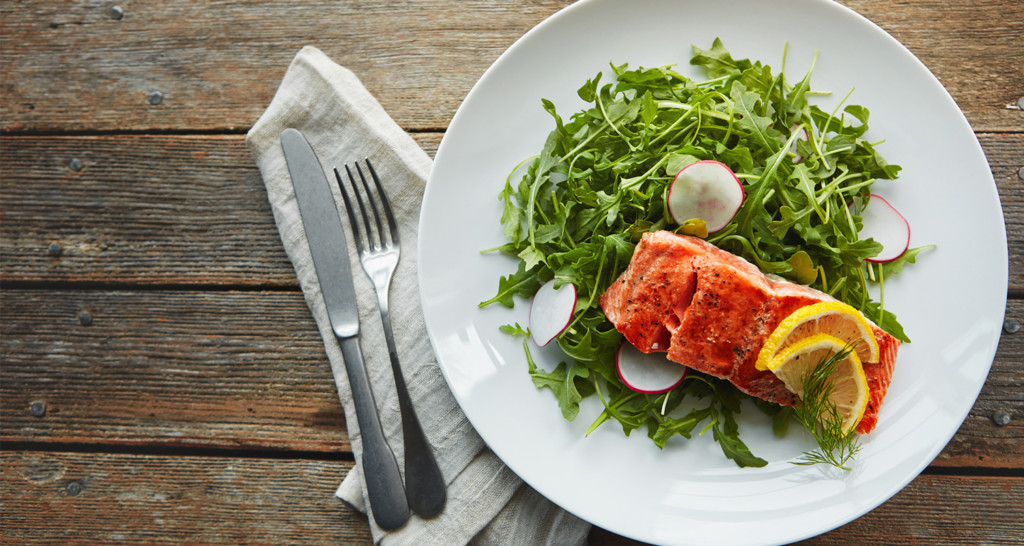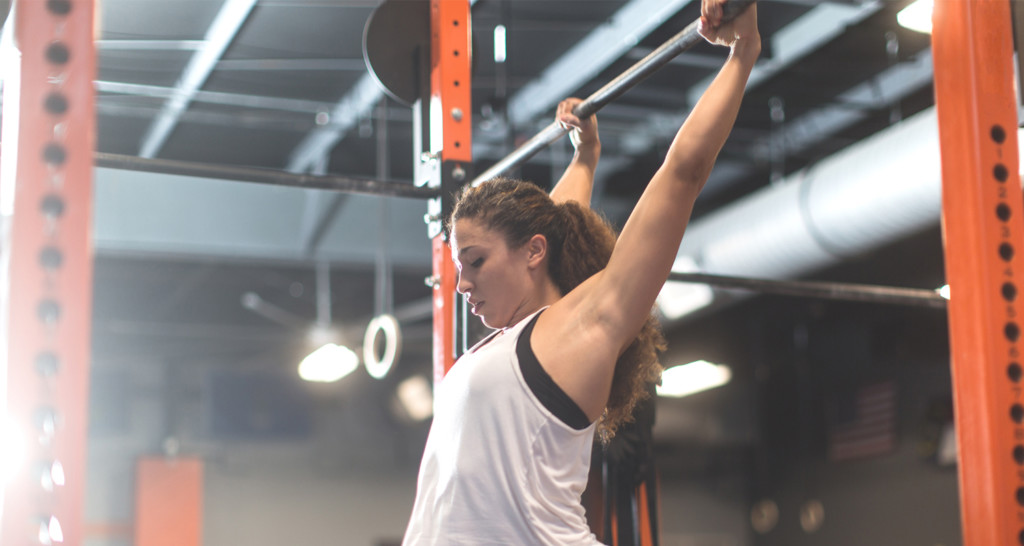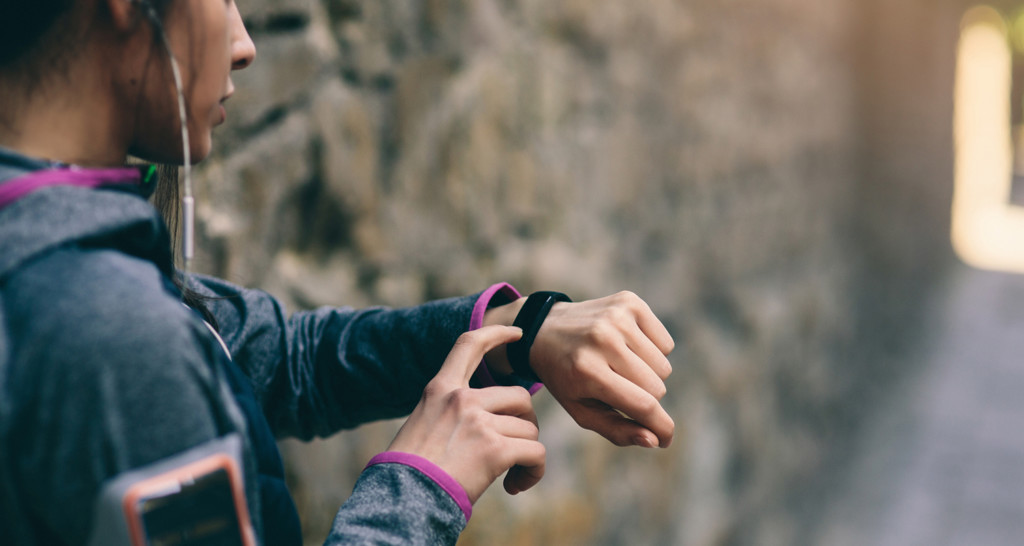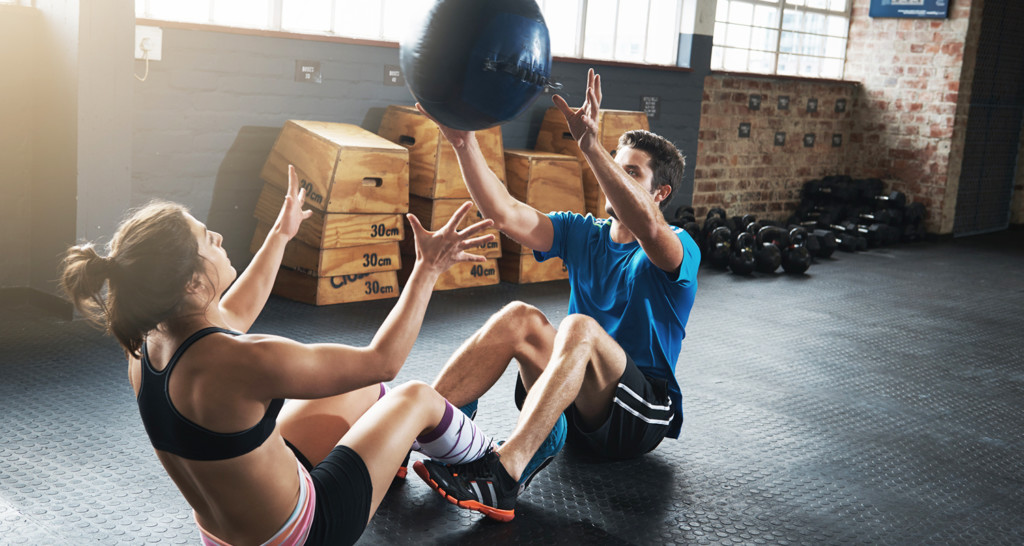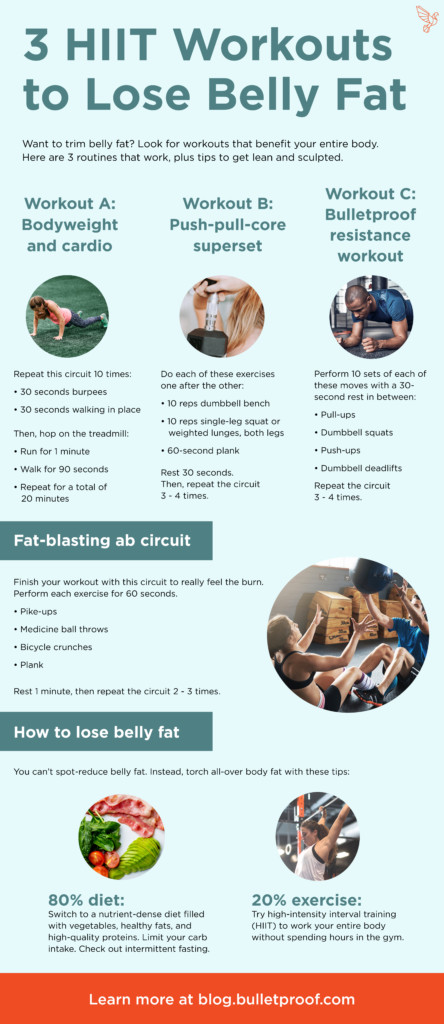- Kratom is a controversial herb native to Southeast Asia. It seems to have performance-enhancing effects, and a lot of anecdotal reports say it helps manage chronic pain and is a good alternative to opioids like oxycontin and percocet.
- However, kratom is potentially addictive, can trigger withdrawal symptoms, and may stress your liver if you take it every day. Kratom is also illegal in some states (although at the time of this article, it is federally legal) and is under review by the FDA and DEA.
- There isn’t a lot of research on kratom, and while it has potential benefits, there are also serious potential downsides. You should be careful taking it, and should use it at your own risk.
Performance enhancers are often controversial. They come in many packages: nootropics that upgrade your brain, muscle builders that enhance your hormone production, delicious coffee drinks that give you more energy — the list goes on. This article is going to talk about a compound that’s been drawing a lot of attention lately: kratom.
A growing collection of biohackers say that kratom boosts mood and gives them energy, and a number of people say kratom helps them manage chronic pain and stay off addictive opiates like oxycontin and percocet. However, the FDA recently released a statement on kratom saying there’s no evidence that kratom is useful, and that they’re concerned about it being addictive and potentially fatal.
Is kratom a performance-boosting supplement or a dangerous drug? Let’s take a clear look at the research on kratom, its possible benefits, side effects and dangers of taking kratom, and kratom dosage.
Related: Natural Pain Relief: 5 Ways to Relieve Pain Without Ibuprofen
What is kratom?

In 2016, the United States Drug Enforcement Agency (DEA) announced its intention to make kratom a schedule I substance in the U.S. (alongside heroin and cocaine), but eventually withdrew its plan and agreed to research kratom further, after a number of senators and a petition of over 140,000 people protested, saying kratom has valuable medical use, particularly when it comes to pain management.
At the time of this article’s publication, kratom is federally legal to possess and use in the United States, although it’s illegal in the following states:
- Alabama
- Arkansas
- Indiana
- Tennessee
- Vermont
- Wisconsin
- District of Columbia
- Sarasota County, Florida
If you’re outside these states/districts, keep in mind that kratom is in a legal gray area and could become federally illegal soon.
The benefits of kratom

- Mood enhancement
- Increased energy
- Pain relief
Kratom is unusual because it activates opioid receptors in your brain, but kratom is not an opiate, and it’s far, far less potent than opiates like morphine, oxycontin, and heroin. Unlike opiates, kratom also influences your serotonin, adrenaline, and dopamine pathways, which could explain why people report more energy and improved mood from lower doses of kratom, and relaxed mental clarity at higher doses.
A great number of people report that kratom helps them manage chronic pain and keeps them from taking addictive opiates like oxycontin. Research in mice has found that kratom is an anti-inflammatory and pain reliever. However, there’s no good research in humans yet.
The downsides to kratom

It turns out those statistics aren’t quite honest; 43 of those 44 deaths were kratom mixed with other drugs, usually stronger opioids like heroin or oxycontin. The FDA further cited nine deaths in Sweden. They didn’t mention that all nine deaths were from a much more powerful, synthetic variant of kratom called Krypton; none of the deaths were from actual kratom.
That means of 53 kratom-related deaths, 52 involved either heavy-duty opiates or a powerful synthetic variant of kratom. And considering many opiate addicts use kratom to try to deal with opiate withdrawal and get clean, it makes sense that a lot of deaths would be from a mix of kratom and stronger opioids.
That said, kratom is not without risk. It seems to have addictive potential — mice given kratom for more than five days in a row suffer physical withdrawal symptoms similar to opiate withdrawal, but milder. Kratom also impairs learning and memory in mice, and a few case studies (studies of single people) found liver damage from chronic kratom use.
Related: How a Curcumin Supplement Can Help You Deal With Pain & Inflammation
Kratom dosage and how to take
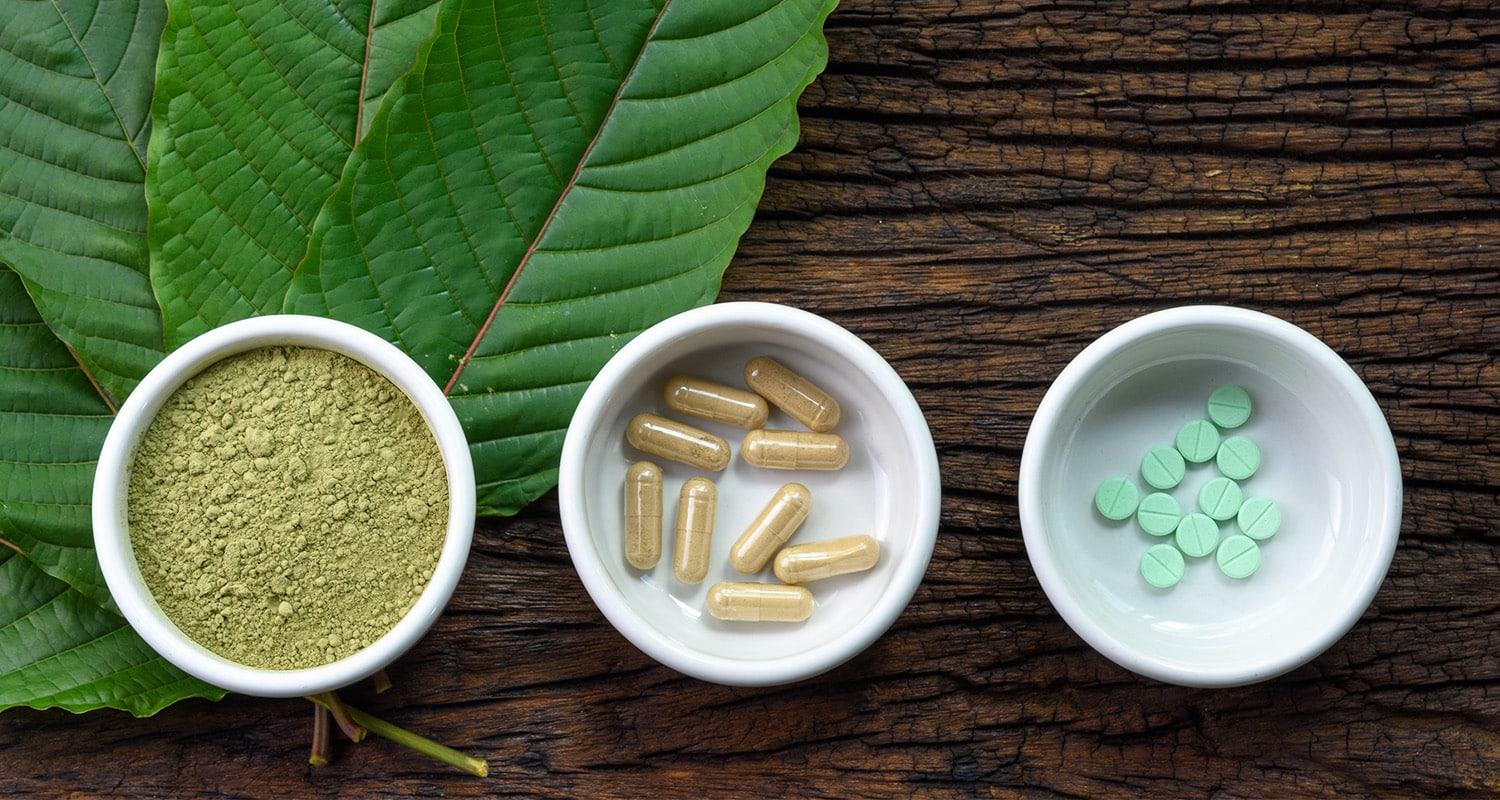
Lower doses of kratom act like a stimulant, giving you focus and increased capacity to work.
Higher doses of kratom act like a relaxant, easing anxiety and boosting mood.
You can brew kratom as a tea, mix kratom powder into food or drinks, or chew the raw leaves. There’s no research on safe doses of kratom, but the typical dose ranges for pure ground kratom leaf are:
- 1-5 grams — stimulant effects
- 5-10 grams — relaxation, pain relief
- 10+ grams — nausea, diarrhea, and anxiety, followed by deep euphoria (like a strong opioid; avoid doses this high)
It’s up to you to decide whether you want to experiment with kratom. If you do, be careful. It has the potential to be addictive, there are no studies establishing clear dosage, and taking it every day may harm your liver.
If there’s truth to the anecdotal reports that kratom is an effective substitute for opioids, it certainly seems to be better than getting hooked on oxycontin or other pain pills. But if you’re thinking about taking kratom for its energy-boosting or anxiety-reducing effects, you may be better off trying a few nootropics or building stronger mitochondria.
Biohack at your own risk, and always make sure you do your research. These compounds are powerful.
